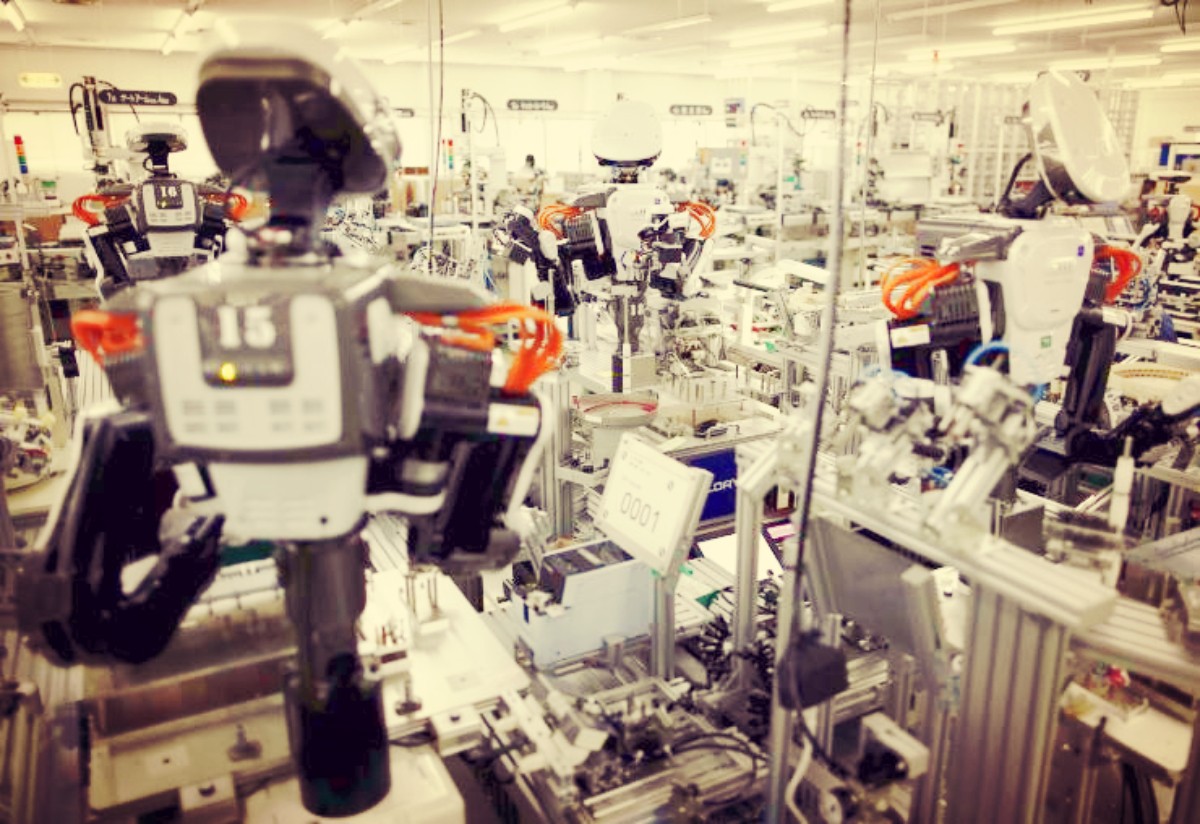Filed under: Analysis, Capitalism, Featured, The State, US

The following essay from the the most recent edition of Anathema spells out why the more glaring internal contradictions within the US economy are largely being ignored by the mainstream press, but also have the possibility of sparking massive unrest on top of austerity.
Despite the much-hyped shakeup represented by Trump’s presidential election and his reputation for unorthodox policy making, the U.S. has never recovered from the 2007 economic recession, whether by climbing out of its massive deficit nor replacing lost jobs. The economic system continues to evade collapse, but is still on a slow decline that will likely keep producing significant social unrest.
In April, the Congressional Budget Office estimated that the government’s annual deficit would spiral to over $1 trillion by 2020, two years ahead of previous estimates. The U.S.’s debt has been a serious problem for years; it’s well known that the deficit’s continued growth will eventually lead to the U.S. either getting cut off from its creditors or getting charged higher interest rates. This will be a nightmare scenario for the U.S., forcing higher austerity measures and possibly the kind of social rebellions that have emerged in places like Greece under similar conditions.
Following this news, media outlets have scrambled to retain trust in the U.S. economy, which is a pillar of the global capitalist system. Newspapers such as The Washington Post have started running stories to the effect of, “Is an enormous deficit really such a bad thing?,” while liberal-leaning economists have rushed to defend protectionist measures as a progressive and effective policy approach.
The reported 3.9% unemployment rate has been enthusiastically celebrated, constituting a new low since 2000. These numbers, however, are actually driven by a trend in which more and more people are leaving the workforce altogether. This means they are no longer being counted amongst the unemployed, thus driving up the ratio of employed to unemployed people. For example, the number of people employed in April increased by 164,000. But at the same time, the number of unemployed dropped by 239,000 — hence the enhanced employment ratio.
The labor participation rate (the percentage of the entire population who are employed or actively looking for work) presents a much more chilling picture. Labor participation has only continued to decline since the 2007 recession, from a high of 67.3% in 2000 to 63%. Such numbers speak to the reality that Capital tends to grow only at the expense of the labor force on which it depends. The rise of the gig economy, automation, the slow death of retail at the hands of corporations like Amazon, and the overall expulsion of more and more people from the official workforce have all contributed to squeezing out profits in the years since 2007. This has allowed the U.S. economy to carry on, but not in such a way that has improved the lives of everyday people.
For example, though there has been an increase in manufacturing jobs since the economy began to crash in 2007, in historical context the current numbers are very low, especially considering the U.S.’s massive population growth. While the number of jobs is now the same as there were in 1941, actually the percentage of the population employed in manufacturing in 1941 was around 9%, and is now only 3.8%. There is no macroeconomic evidence that manufacturing jobs will have a strong return to the U.S.
Similarly, unemployment for black Americans is still double that of whites, and has been since 1954 when these statistics first started being taken.
The truth is that the U.S. is struggling to maintain a minimum growth needed to maintain the global economic system, and there are no indications that it will be able to find ways out of its current impasses. Job and wage growth are relatively stagnant and the deficit continues to teeter on the brink of disaster. In the meantime, stories about how Trump is going against the establishment to resuscitate American jobs are expected to continue.





